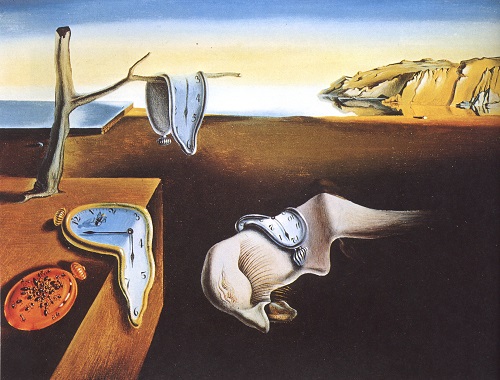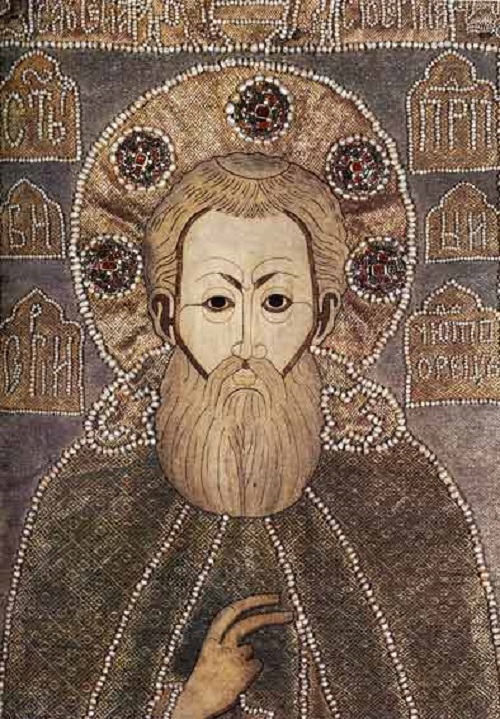Fabric relief illustrations by Salley Mavor
Fabric relief illustrations by Salley Mavor will take you back to a time in your childhood when it was still possible to be an independent, imaginative child who roamed the neighborhood and woods with abandon. There is a magic in childhood and Salley captures it in the most enchanting manner with her beautiful works. American artist of applied art has had a life-long fascination with little things and needlework. Studying at the Rhode Island School of Design, she rediscovered her childhood delight in sewing and creating miniature scenes. The craftswoman herself named her technique Fabric Relief 35 years ago. She works in her home studio on Cape Cod, in Falmouth, Massachusetts.
Read more »






